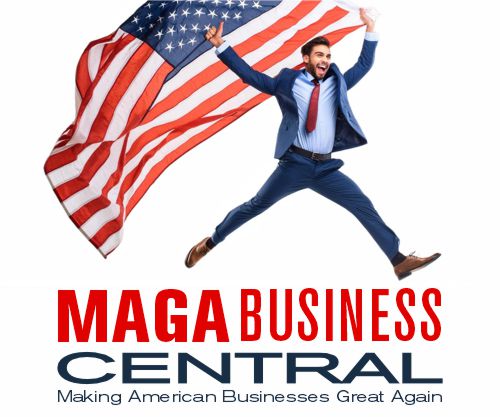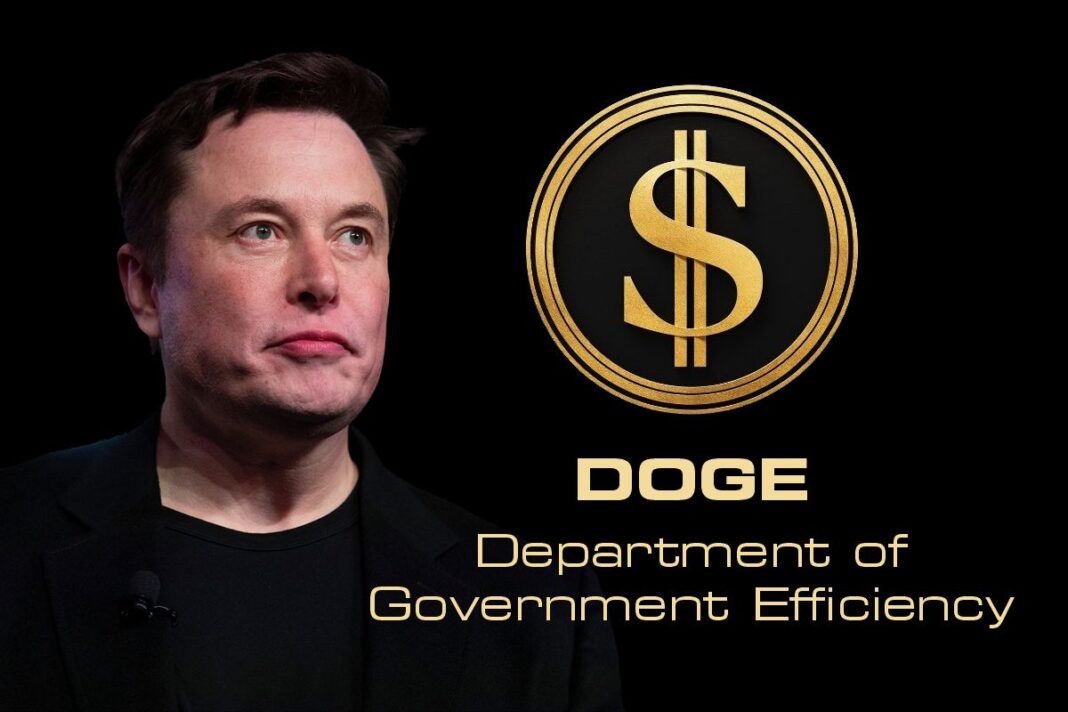
Specific tariff levels will be disclosed by the president.
The sweeping new tariffs promised by President Donald Trump will go into effect immediately after their formal announcement on April 2, according to White House press secretary Karoline Leavitt.
During a press briefing on April 1, Leavitt said the administration was prepared to move quickly in launching a new reciprocal trade policy aimed at countering decades of unfair foreign competition.
Leavitt said the administration intends to reward companies that manufacture in the United States.
“If you make your product in America, you will pay no tariffs,” she said.
She added later in remarks, “If they want to be absolved of that tariff—then they can come here to the United States of America to do business [and] bring their jobs here.”
The tariffs will apply broadly across sectors and are aimed at countries the administration accuses of engaging in protectionist trade practices.
While specific tariff levels will be disclosed by the president on April 2, a 25 percent duty on foreign autos and auto parts announced last week is expected to serve as a benchmark for the broader policy. Leavitt confirmed those auto tariffs will go into effect on April 3.
Leavitt said the move would help correct a massive U.S. trade imbalance, which reached a record $1.2 trillion in 2024, according to federal data.
“Tomorrow will go down as one of the most important days in modern American history,” Leavitt said. “Our country has been one of the most open economies in the world, and we have, hands down, the best consumer base—but too many foreign countries have their markets closed to our exports. This is fundamentally unfair. The lack of reciprocity contributes to our large and persistent annual trade deficit that’s gutted our industries and hollowed out key workforces, but those days of America—beginning tomorrow—being ripped off are over.”
She pointed to recent investment pledges from major companies—including Apple, Nvidia, and Taiwan Semiconductor Manufacturing Company Limited—as evidence that Trump’s strategy is already working.
The tariffs are part of a broader economic strategy that includes cutting taxes, reducing regulation, and investing in advanced technology.
By Chase Smith





